The photographs in today's post were taken on the 13th of August 2021 ...
... in the meadows near the intertidal zone, on the stretch of coastline a couple of kilometers from the village of Shishan, seven or eight kilometers from where I live. A fun little fact - the 13th of August back then in 2021 was Friday the 13th.
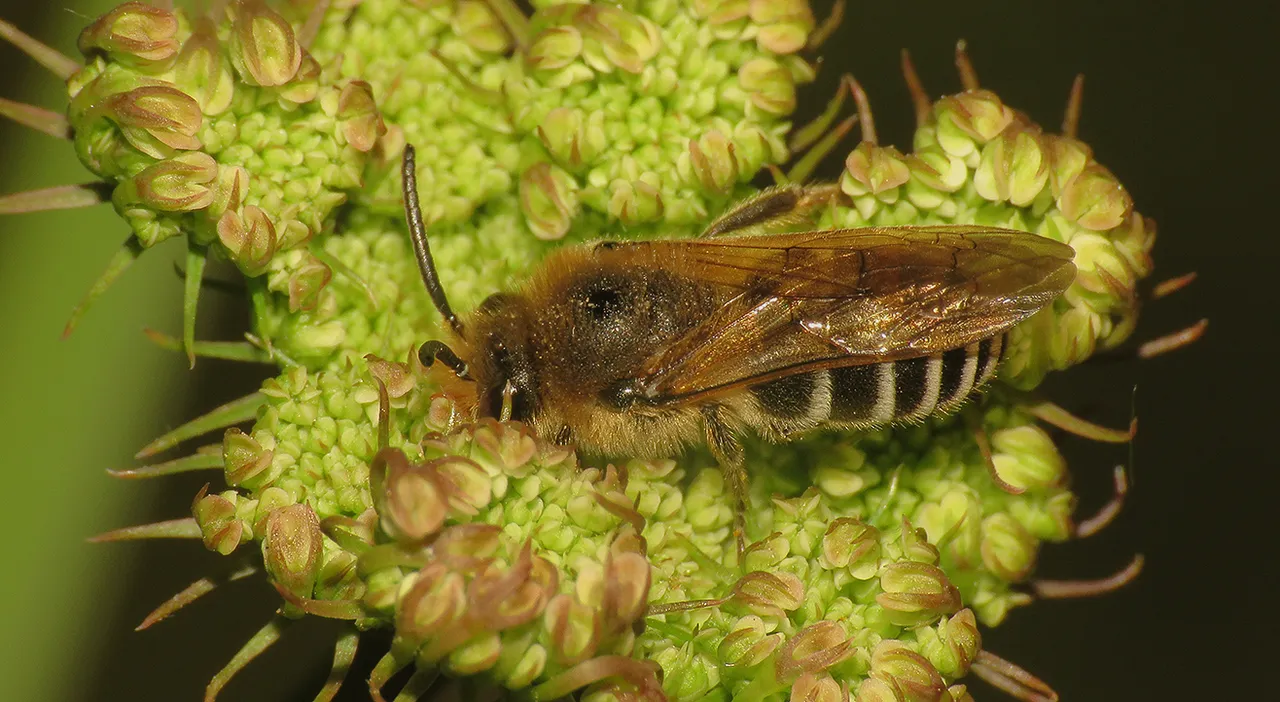
After three or four hours of photographing and wandering around, by the time I was ready to drive back home, the night was very near, and many diurnal insects like this Colletes fodiens bee, ad example, were ready to take a long rest until the morning ...
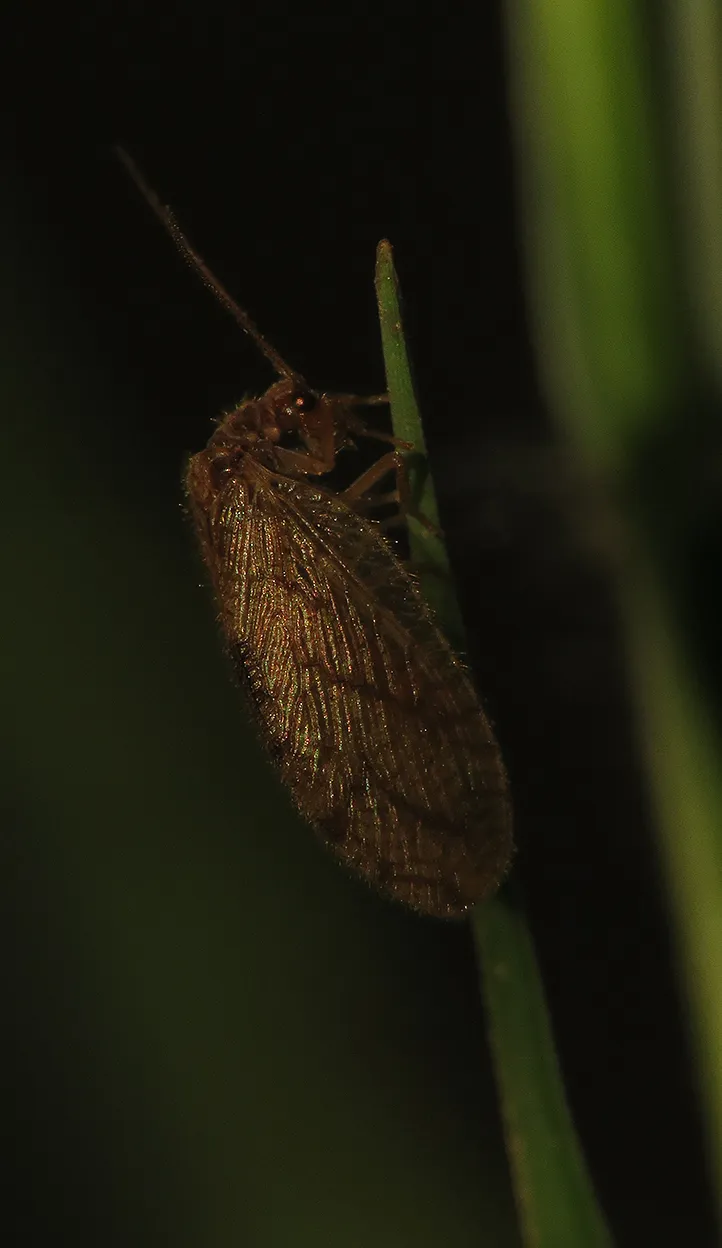
... while some nocturnal flyers started to come out in the open.
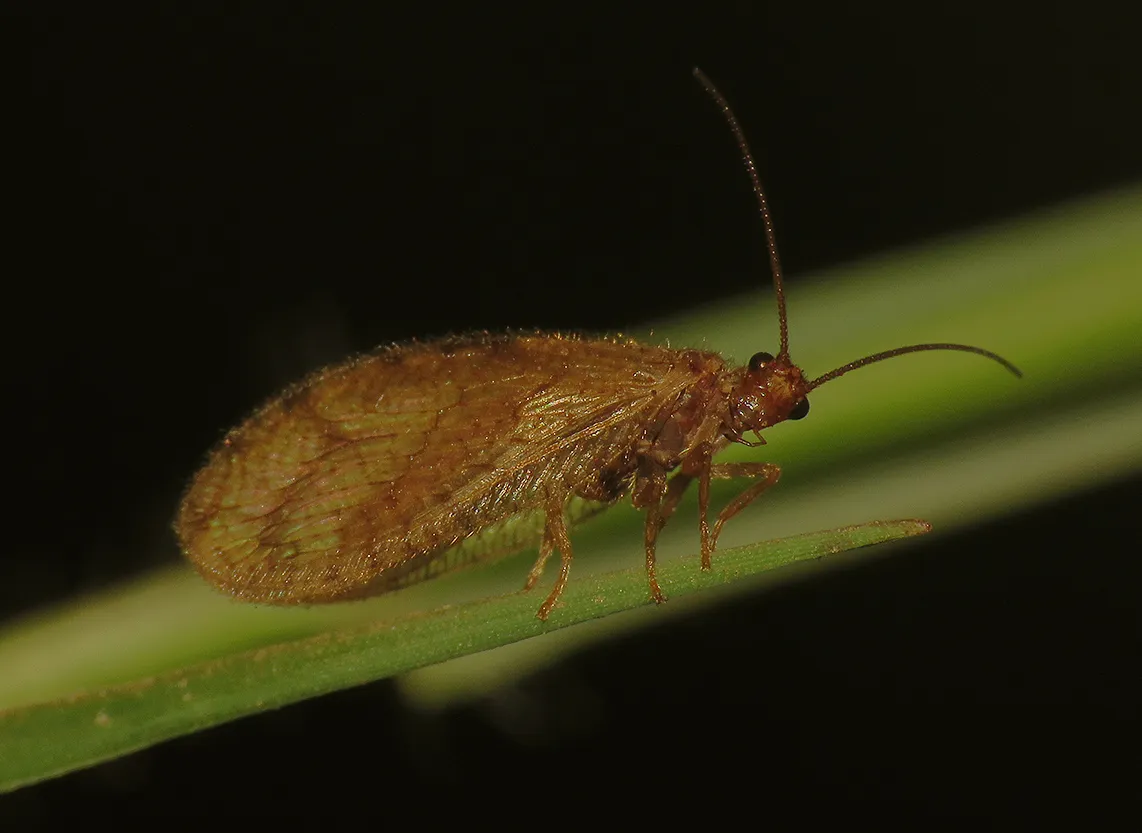
I wasn't able to identify this species. It looks like some kind of lacewing. The order is definitively Neuroptera.
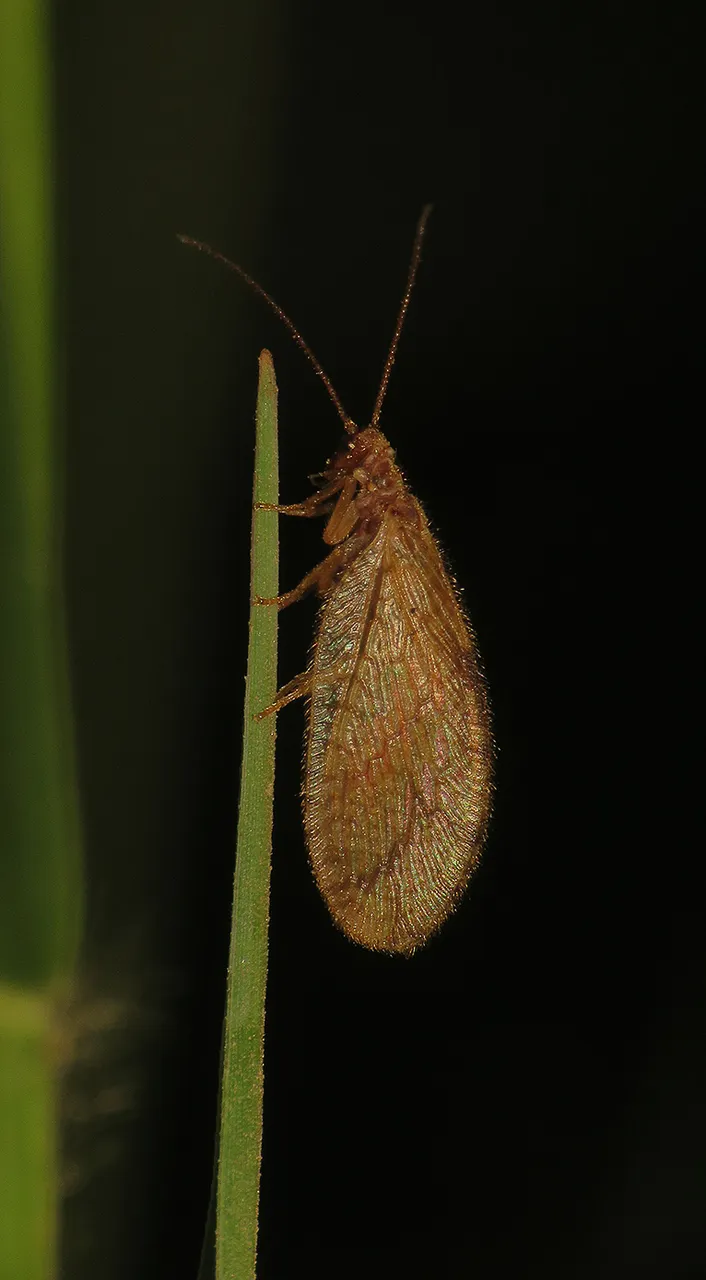
After a relatively long search on the Internet, I'm pretty sure that this is a species from the Sisyridae family. Neuroptera from that family are commonly known as spongeflies or spongillaflies and are crepuscular or nocturnal in their adult stage. I have never encountered this insect before.
These Trifolium angustifolium plants were photographed earlier that day when the sunlight was still strong and I just reached the coastal meadows.
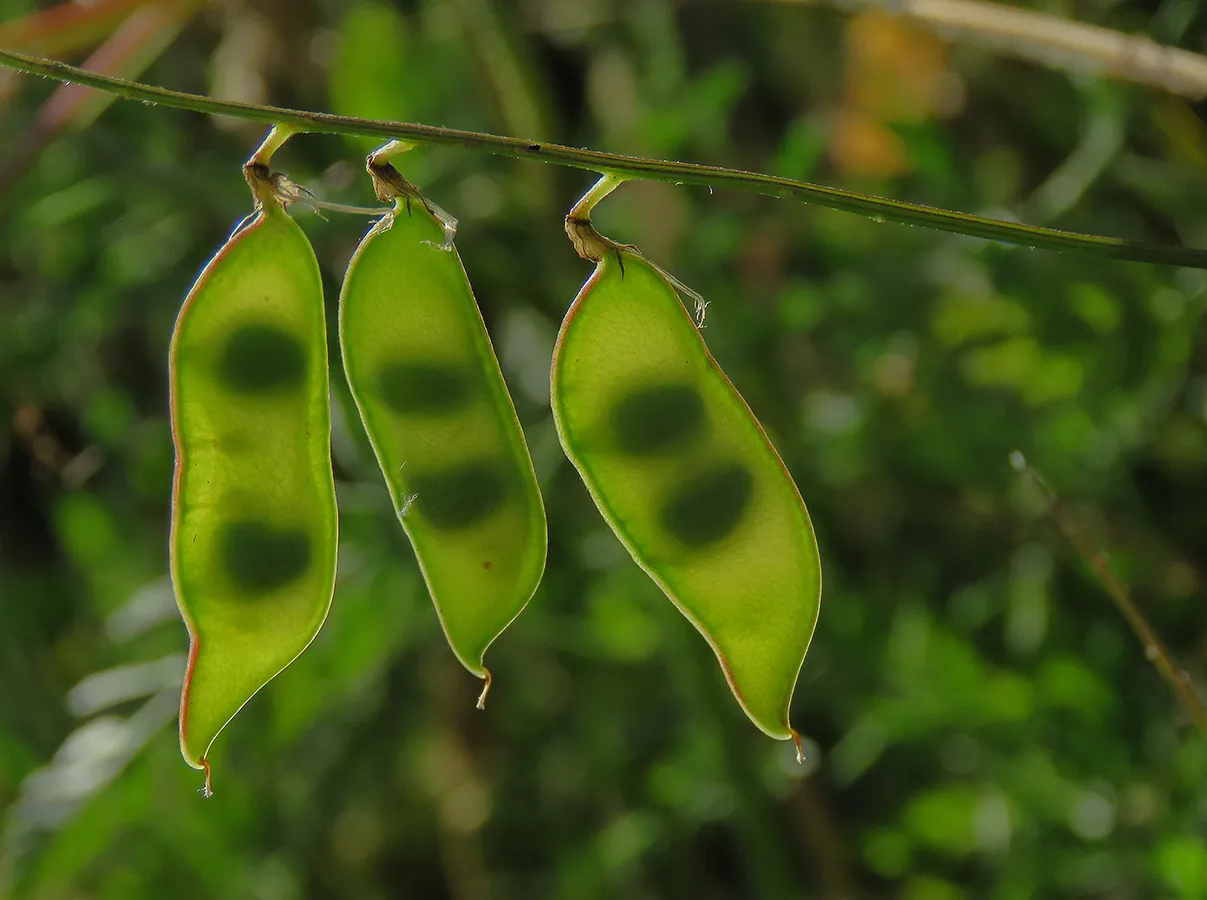
Seeds of the Vicia villosa plant were clearly visible in the backlight.
A bit later, half an hour or so ...
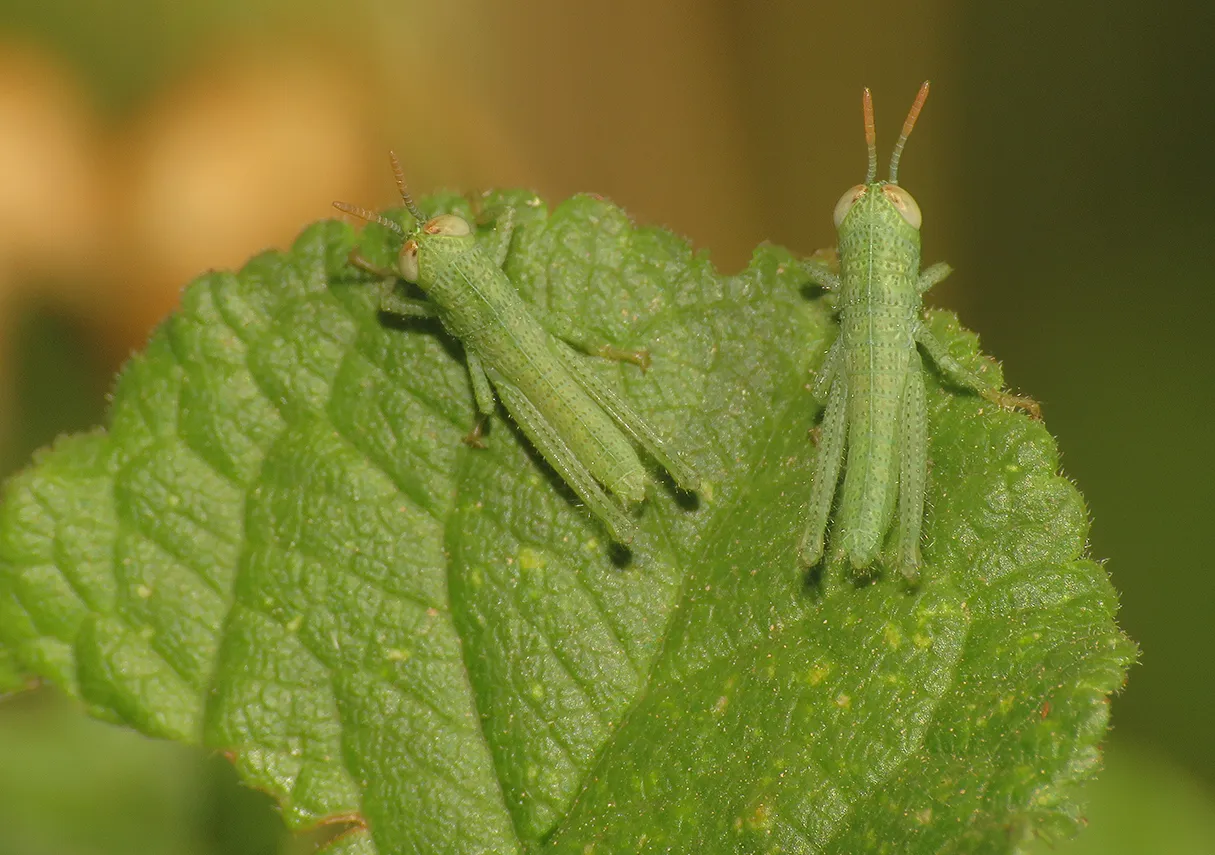
... I photographed two small grasshoppers ...
... on one of the shrubs that grow along the edge of the meadow.
These are small, wingless nymphs of the Anacridium aegyptium grasshopper.
In this photograph, one of the youngsters is cleaning his eyes. It looks like he's thinking hard or has a headache.
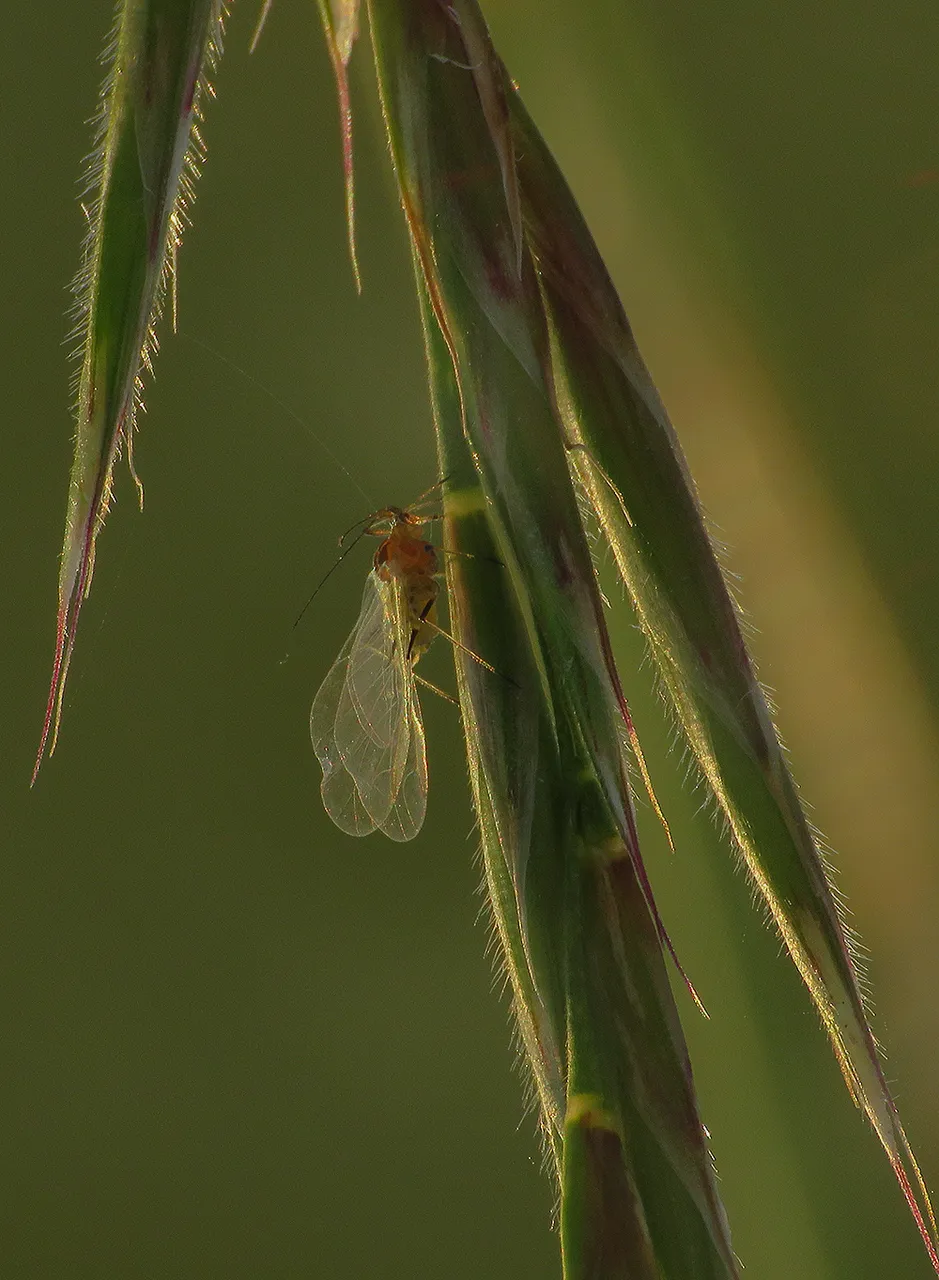
As the hours were passing and the evening was approaching ...

... the atmosphere was changing. Here you can see the Alopecurus pratensis grass in the golden evening light.
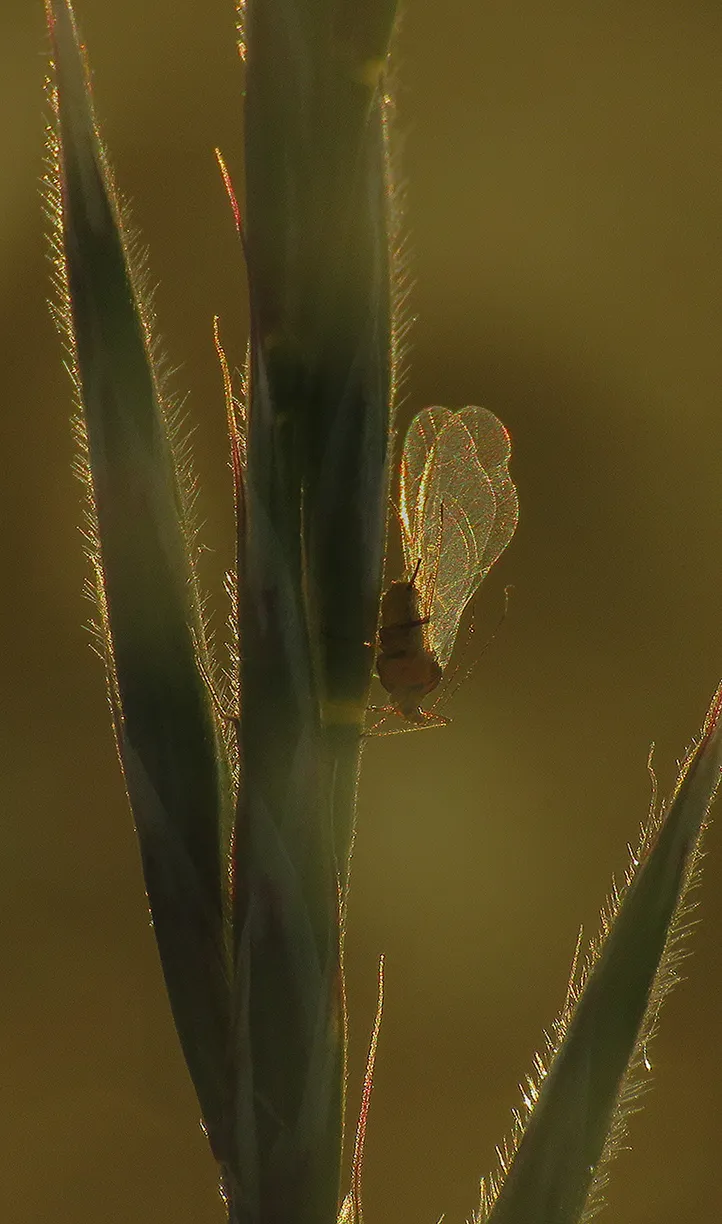
This Sitobion avenae aphid was photographed on the Bromus lanceolatus grass when the sun was very close to the horizon.

Here you can see the Larinus sturnus weevil that was photographed some minutes later on the Scolymus hispanicus thistle about fifty meters further, toward the sea.
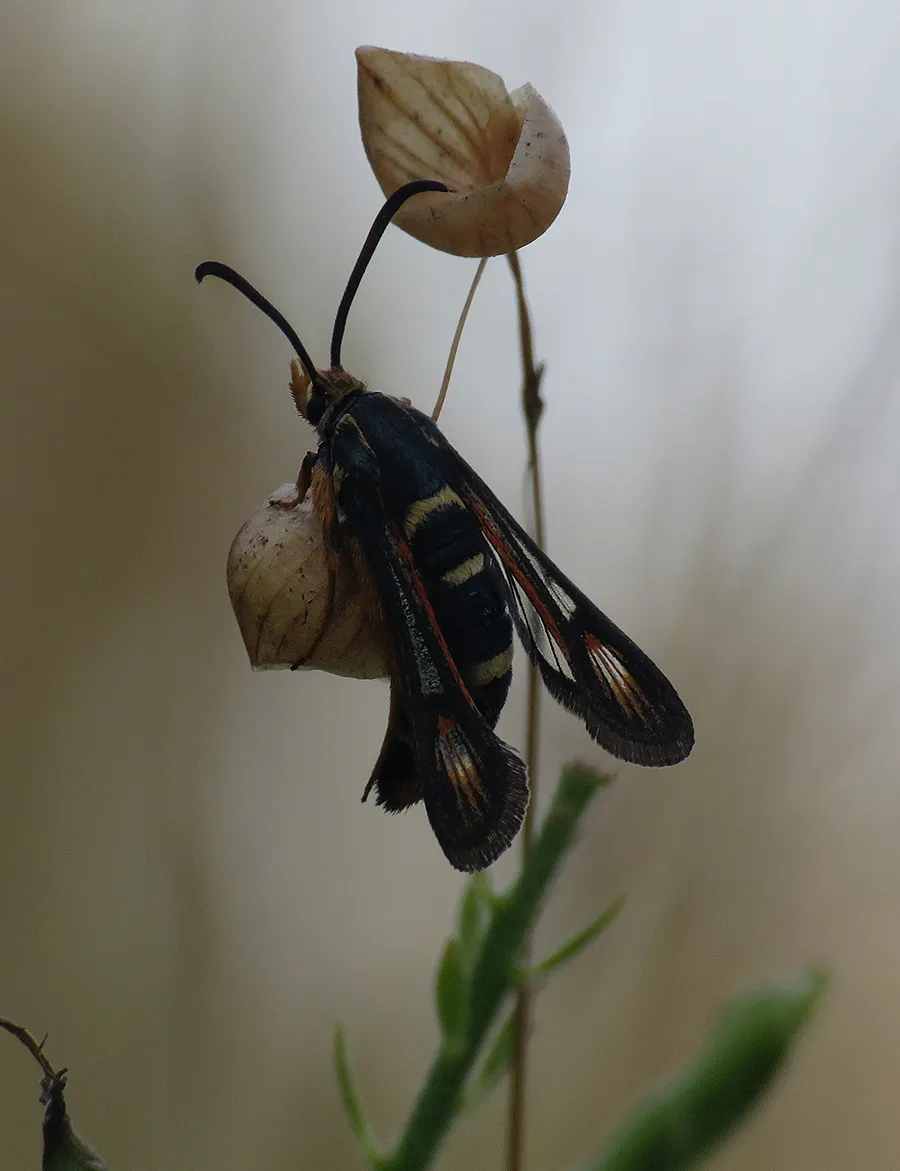
This moth ...
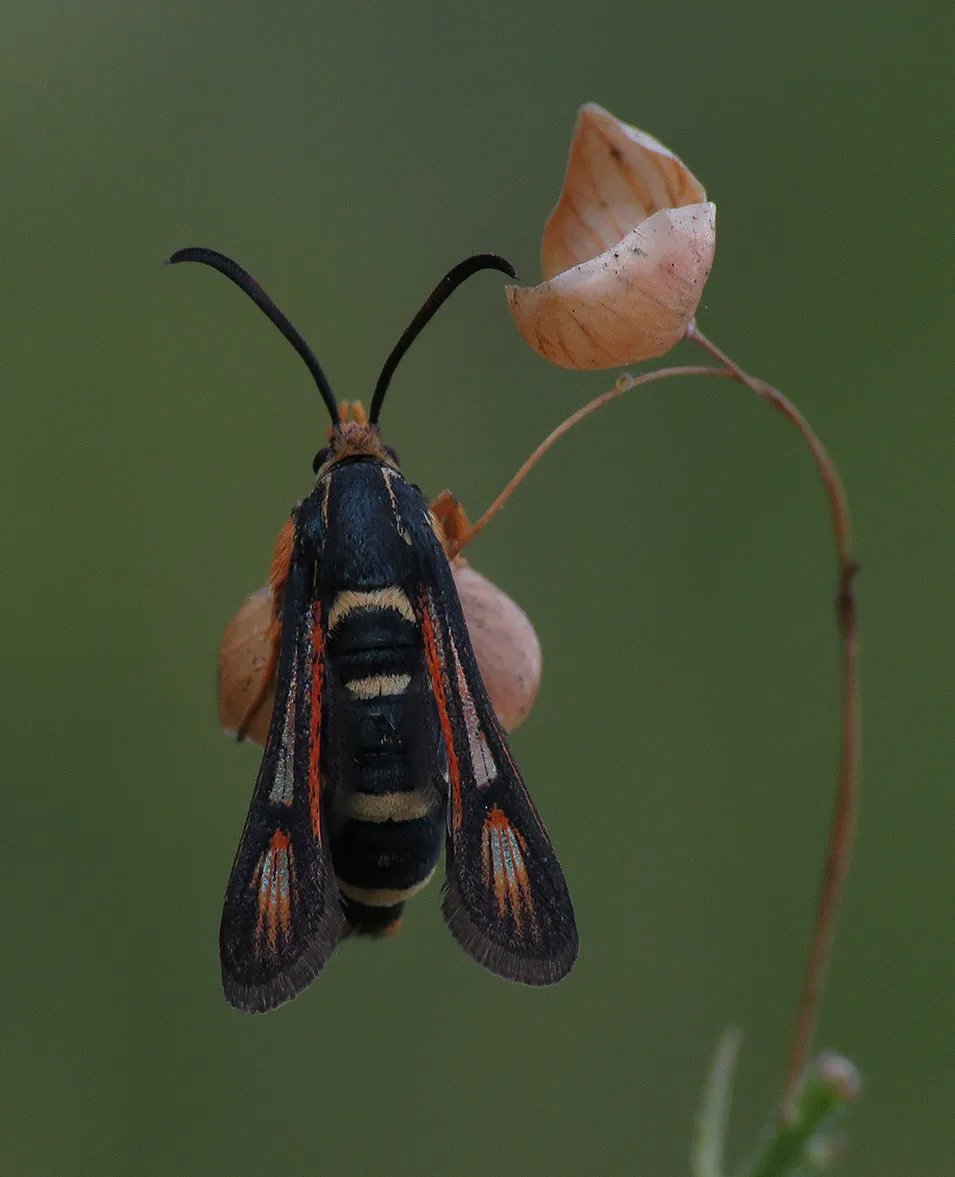
... was resting on some nearby grass that I wasn't able to identify.
I'm sure that this is a moth from the Sesiidae family but I can't tell you the exact species.
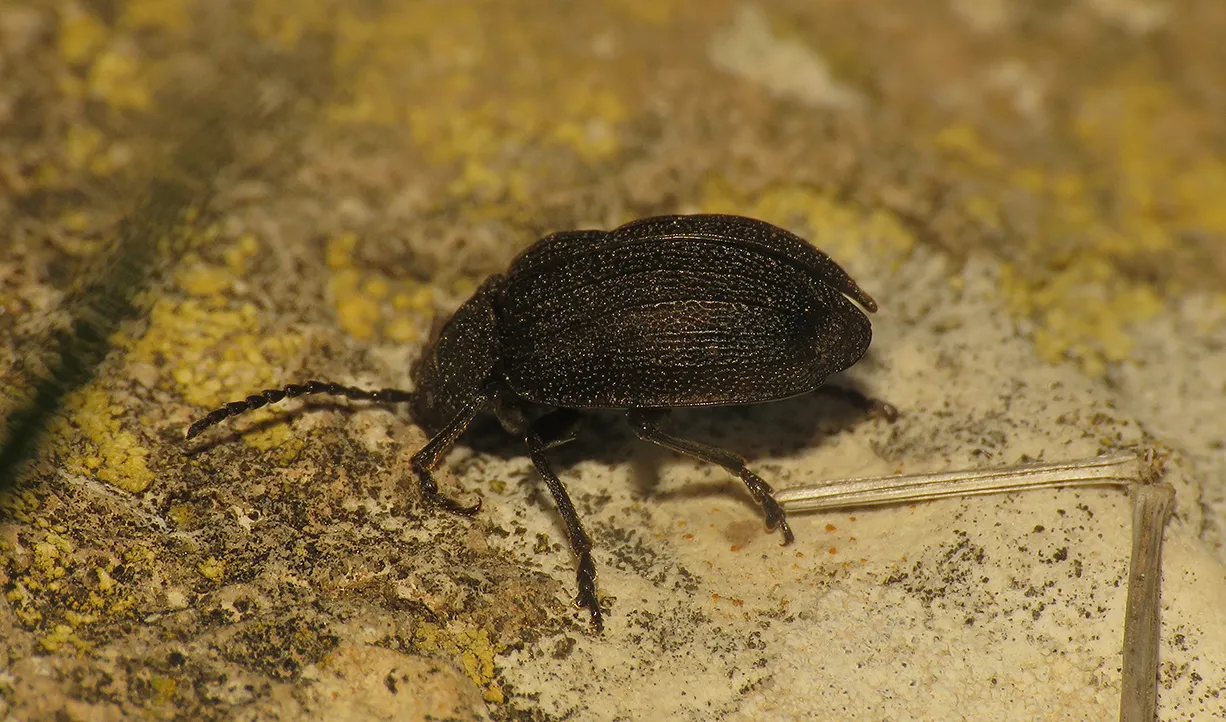
A bit further, on the rocky terrain closer to the sea, I came across the Galeruca interrupta, a beetle from the Chrysomelidae family. I took this photograph, and then ...
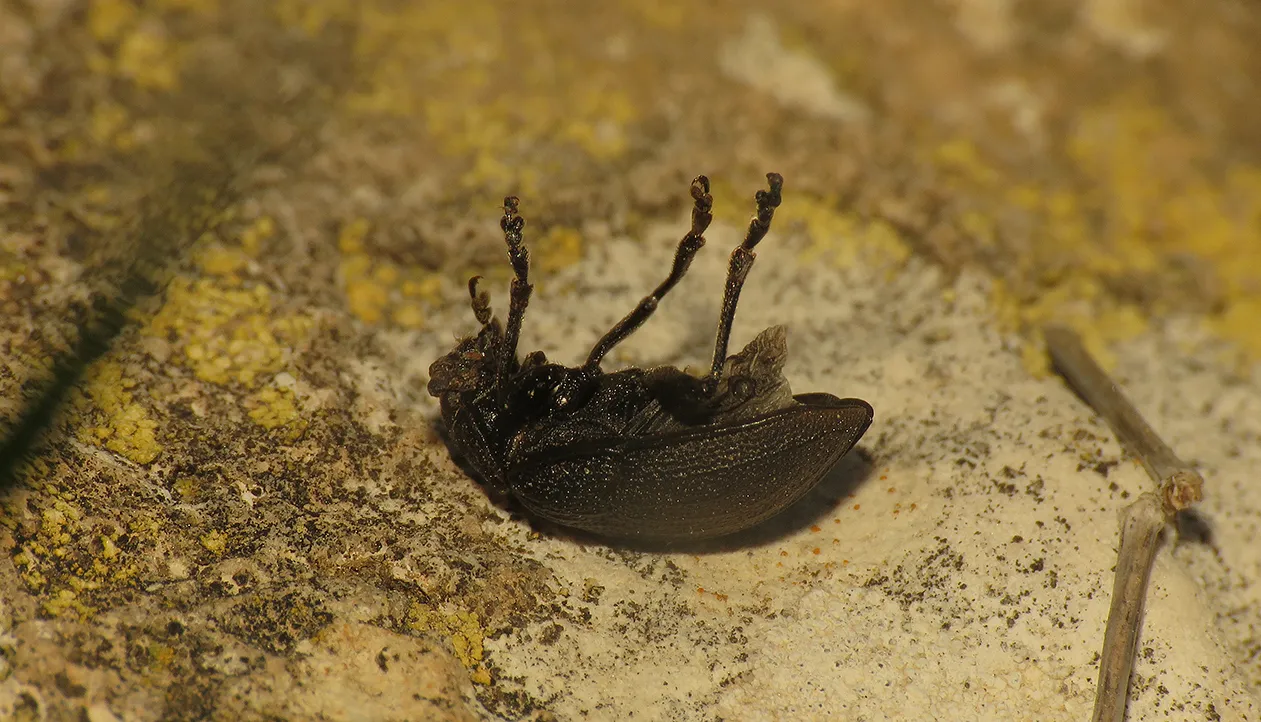
... the leaf beetle started playing dead.
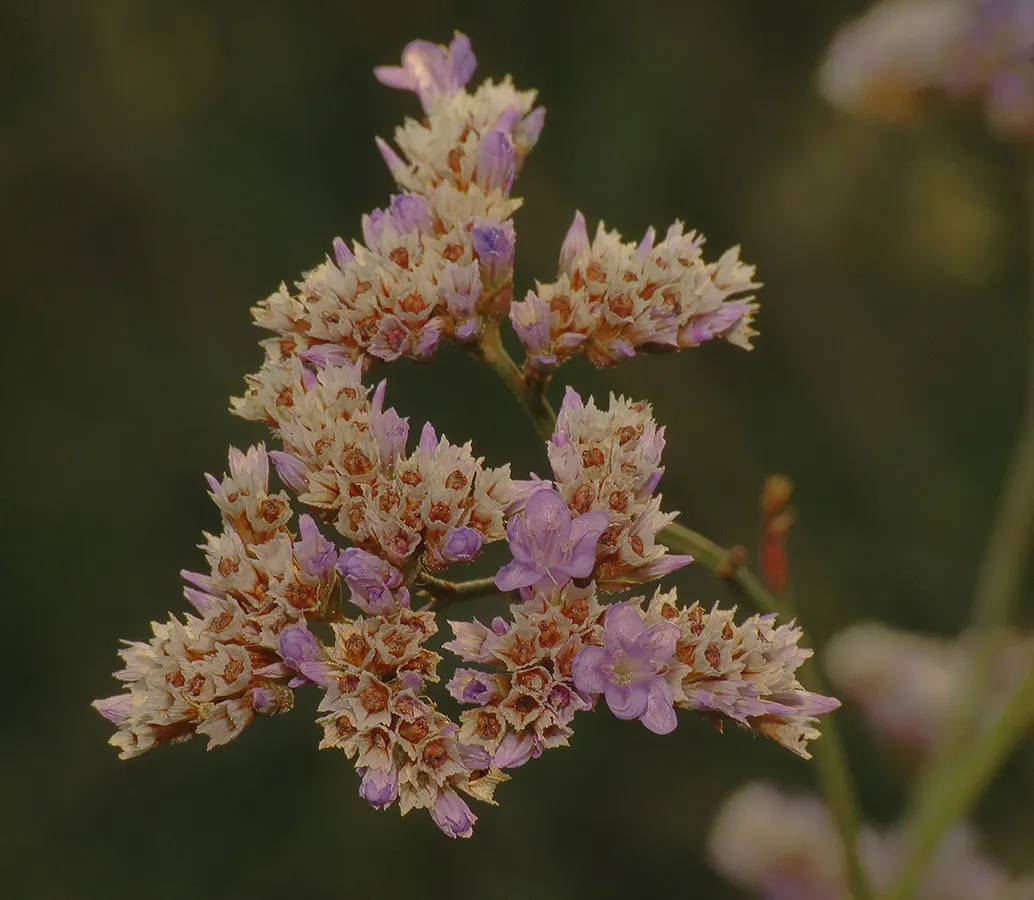
These tiny flowers of the Limonium narbonense plant were photographed nearby.
Here you can see the Plantago major, commonly known as the broadleaf plantain.

On the flowerheads of this edible plant, I found a small group of shieldbugs.
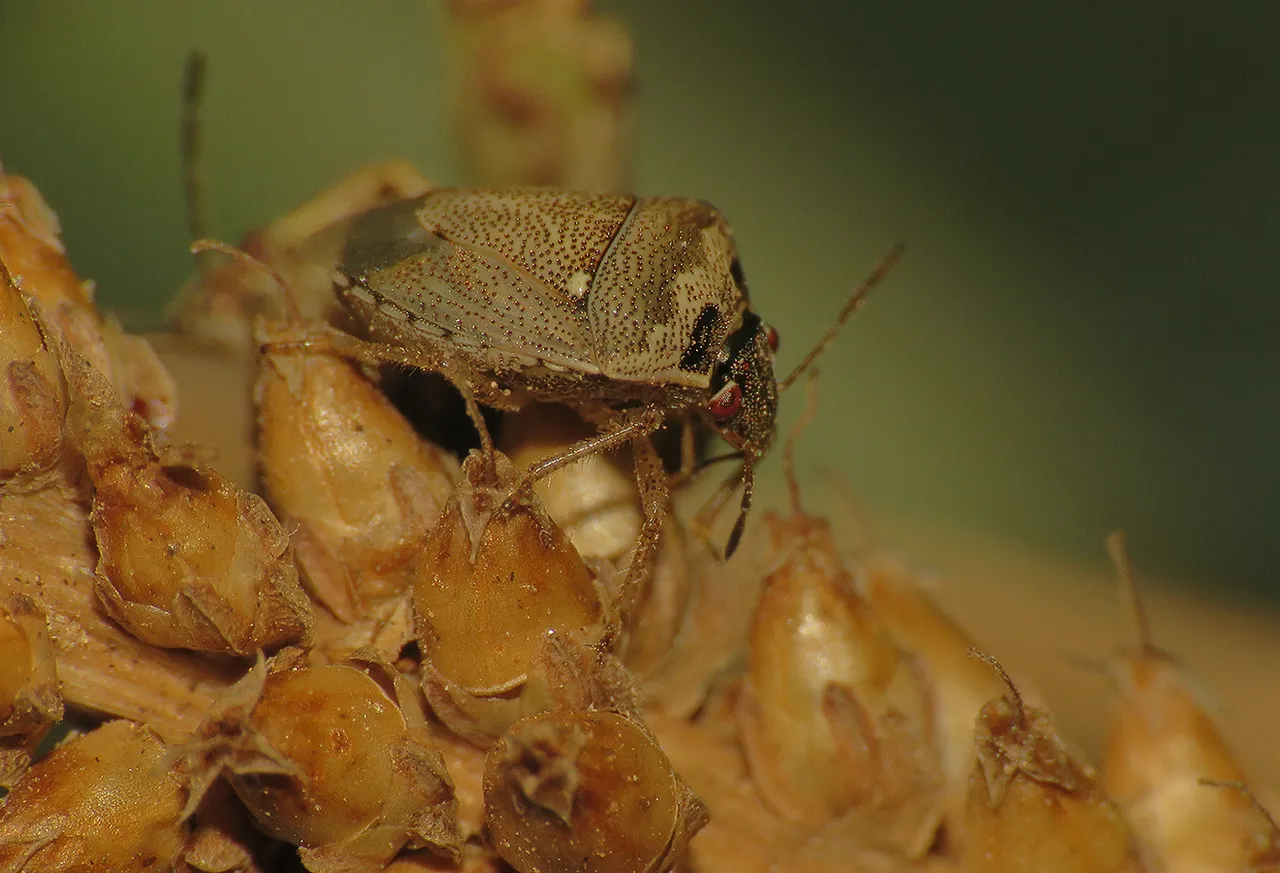
Eysarcoris aeneus is the name of this Pentatomidae species.
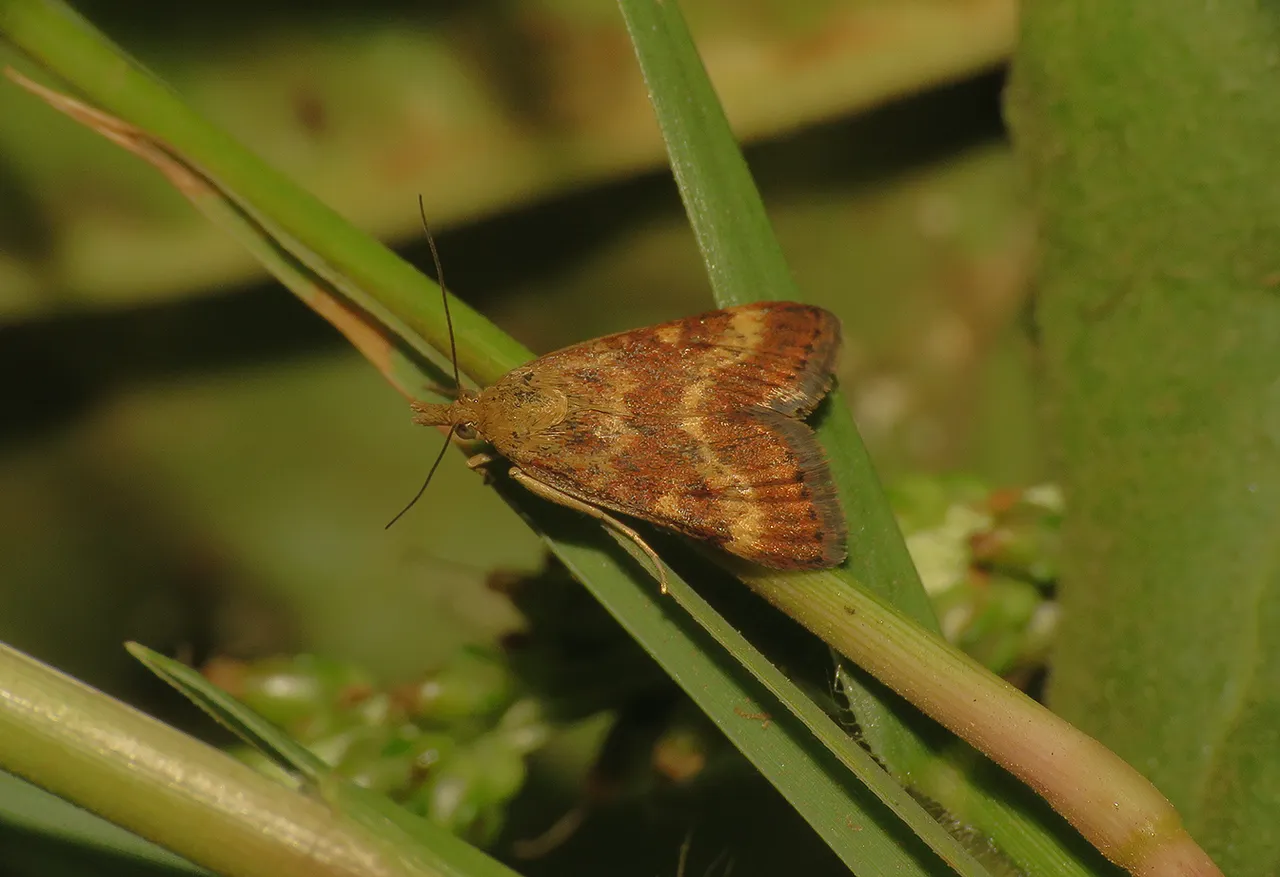
In the grass around the plantains, I found two small moths. This Pyrausta despicata from the Crambidae family ...
... and the Nyctegretis lineana from the family Pyralidae.
Half an hour later, on the way back to the car ...
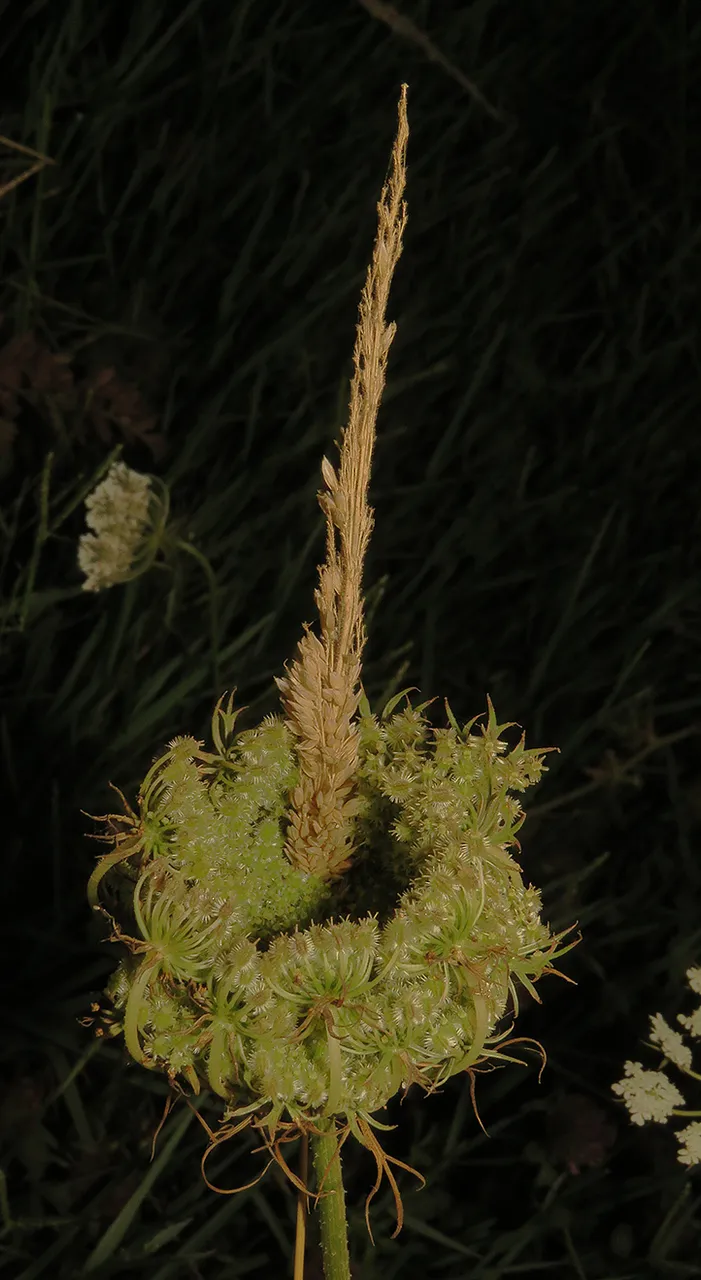
... I photographed this interesting natural arrangement that looks a bit like something created by a florist.
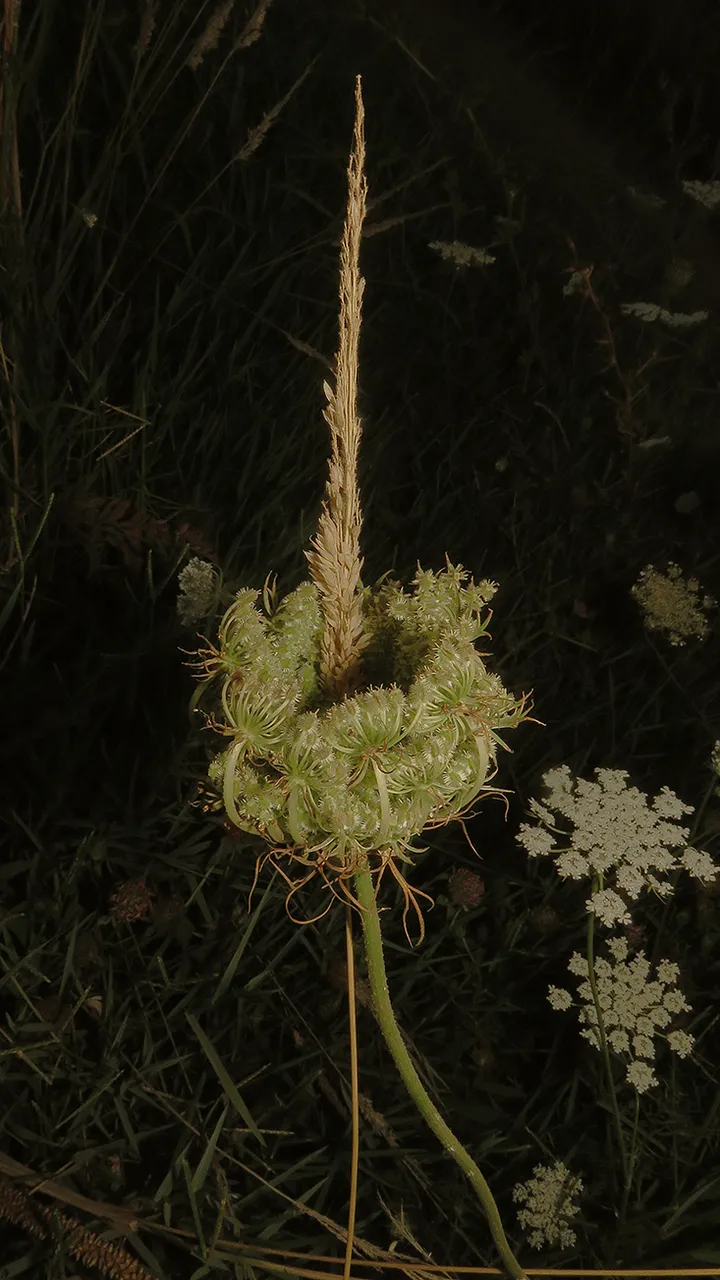
The dry grass got stuck inside the basket-like flowerhead of the wild carrot plant.
AND THAT'S IT. AS ALWAYS IN THESE POSTS ON HIVE, THE PHOTOGRAPHS ARE MY WORK - THE END.










